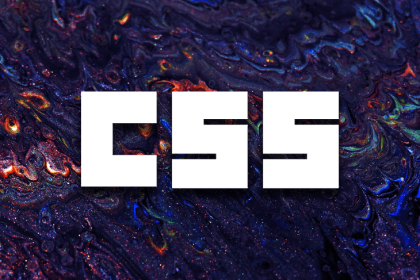
Use CSS page transitions to build a single-page application that condenses page contents and allows navigation without requiring a browser refresh.
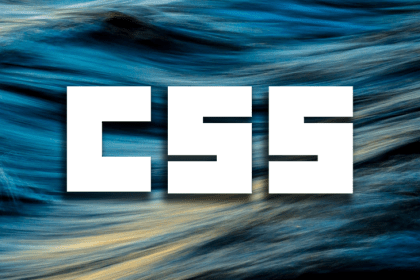
Improve responsive web development by applying CSS container style queries, which allow you to query components based on their size or style.
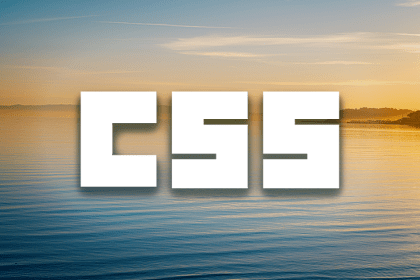
float propertyLet’s discuss the history of CSS float and show how it can be used in modern web design to achieve creative text layouts.
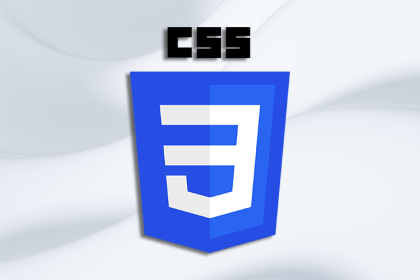
Learn how to use CSS and JavaScript to “stick” your navbar to the top of your webpage for better accessibility and functionality.
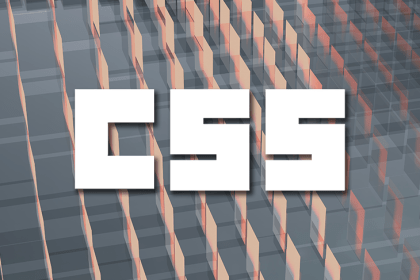
calc(): Tutorial with examplesIn this tutorial, we’ll get to know the CSS calc() function, why it’s useful, and how to use it in your projects.
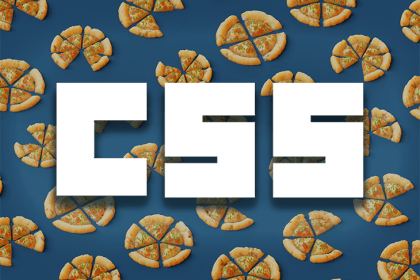
Progress clocks are helpful for tracking your project’s process. Here we’ll build and optimize a progress clock with HTML and CSS.

Build your own CSS library with vanilla-extract’s Sprinkles, an API with functionality to rival TypeScript CSS.

The core idea behind AnimXYZ is to allow you to write CSS animations while saving you the effort of writing keyframes.

Let’s review the benefits of Bootstrap vs. Tailwind CSS vs. Material UI (MUI) to help you choose the best library for your project.
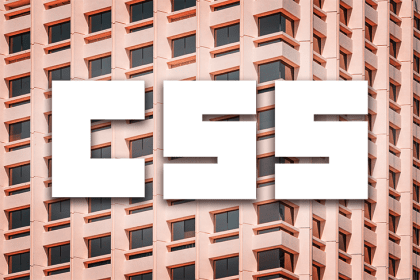
CSS container queries are a necessity when creating responsive layouts, and with subgrids, you can prevent annoying formatting breaks, too.
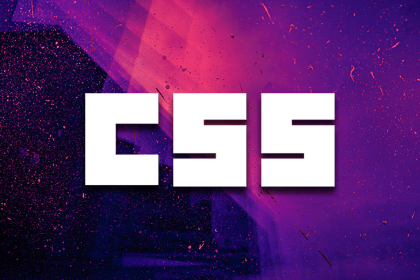
Learn the difference between media and container queries and how to use both in CSS.

CSS has several filters that help improve the visual aspects of a website. You can apply them directly to a web element using the filter property.